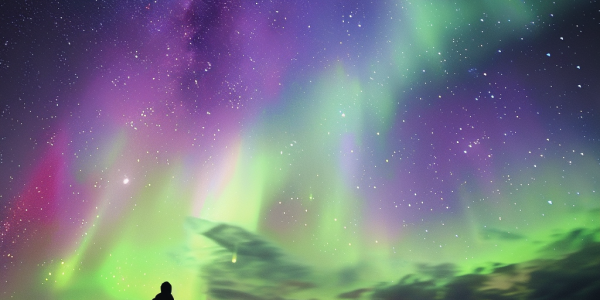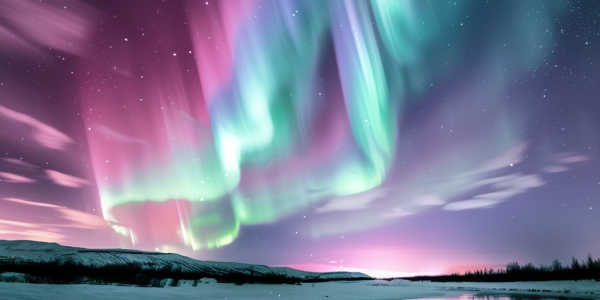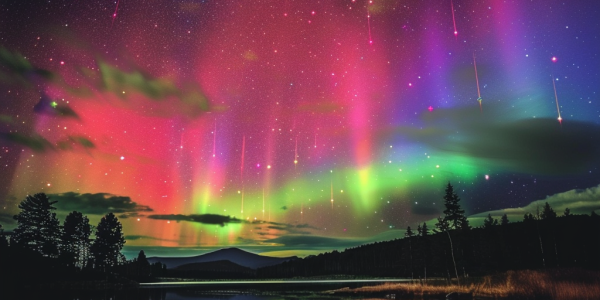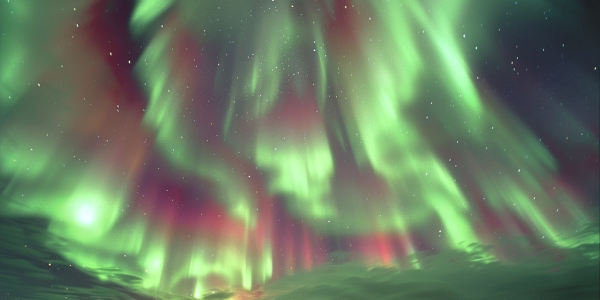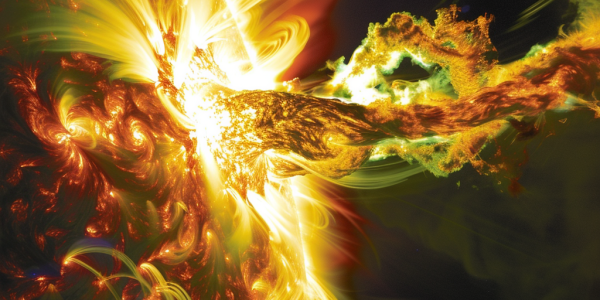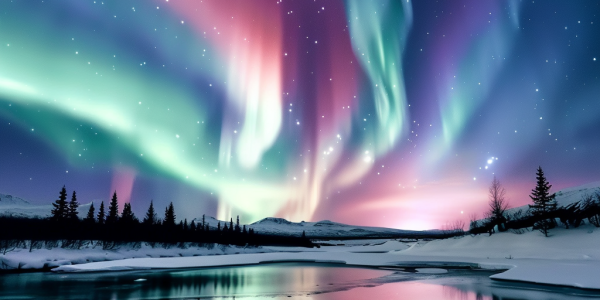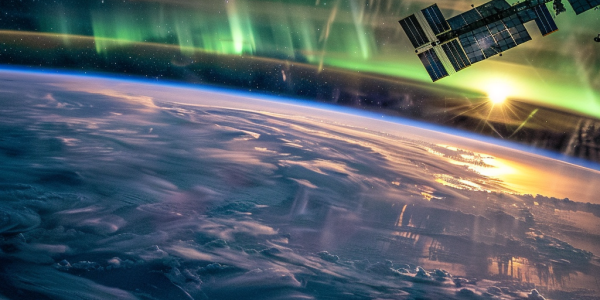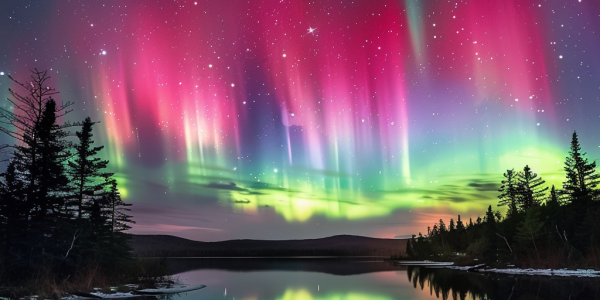Solar Maximum: Exciting Times for Skywatchers and Scientists Ahead
The sun is currently experiencing solar maximum, leading to increased solar flares and breathtaking auroras visible from Earth. This active phase of the 11-year solar cycle is expected to continue for another year, providing exciting opportunities for skywatchers and scientists alike. The Parker Solar Probe is set to make its closest approach to the sun, allowing for unprecedented data collection on solar activity and its impact on space weather.
Northern Lights Set to Dazzle Night Sky Across the U.S.
The northern lights, or aurora borealis, are set to illuminate the night sky across several U.S. states, offering a rare chance to witness this breathtaking phenomenon. Triggered by solar activity, the auroras create vibrant displays of color, with optimal viewing expected in states like Minnesota, North Dakota, Montana, and Washington. Prepare for an unforgettable experience by dressing warmly and seeking dark, clear skies for the best chance to see this natural wonder.
Northern Lights: Beauty Amidst Solar Storm Risks
The Northern Lights, or aurora borealis, are captivating displays that have gained attention due to heightened solar activity this year. While geomagnetic storms have reached as far south as Arizona and Florida, experts assure that observing the auroras is safe. However, solar flares and coronal mass ejections pose risks to technology and infrastructure, making awareness and preparedness essential for enjoying this natural phenomenon.
Rare Celestial Event: Aurora Borealis Meets Perseid Meteor Shower
Stargazers experienced a rare celestial event on August 12, 2024, as the Aurora Borealis combined with the Perseid meteor shower, captivating viewers worldwide. This spectacular display, enhanced by a significant solar event, allowed the Northern Lights to be seen in regions typically devoid of such beauty. Discover the magic of this unforgettable night in our latest article.
Capture the Northern Lights This Weekend: Tips for Smartphone Photography
Capture the Northern Lights this weekend with your smartphone! Recent solar activity may allow visibility in lower latitudes. Discover tips for photographing the aurora borealis, including using Night Mode, stabilizing your camera, and shooting in RAW format. Whether you’re a smartphone user or a DSLR enthusiast, prepare to experience this stunning natural phenomenon.
Northwest Montana: A Stargazer’s Paradise with Dark Sky Designations
Discover the stargazing paradise of northwest Montana, home to Glacier National Park, an International Dark Sky Park, and the Lost Trail National Wildlife Refuge. Experience breathtaking views of the cosmos, including the Northern Lights and meteor showers, while exploring pristine landscapes. This region is perfect for astronomy enthusiasts and nature lovers alike, offering a unique connection to the universe. Plan your visit to witness the magic of dark skies and rich wildlife.
Significant Solar Flare Erupts, Causing Radio Blackouts and Auroras Expected on Earth
A powerful solar flare from sunspot AR3842 has erupted, causing radio blackouts and potential geomagnetic storms on Earth. This second strongest flare of the solar cycle, observed by NASA’s SDO, has already disrupted communications in Hawaii and could lead to visible auroras in northern US states. Stay informed about the implications of solar activity and its effects on technology as experts monitor the situation.
Northern Lights Set to Dazzle US Skywatchers for Next Two Years
The aurora borealis, or Northern Lights, will be visible across the U.S. for the next two years due to a recent solar superstorm. This significant G5-rated geomagnetic storm has enhanced our understanding of Earth’s upper atmosphere and offers skywatchers an exciting opportunity to witness this natural spectacle. Researchers emphasize the importance of studying these storms to predict their impacts on satellite communications and navigation.
NASA Astronaut Captures Stunning Time-Lapse of Aurora from ISS
NASA astronaut Matthew Dominick, commander of the SpaceX Crew-8 mission, shares a breathtaking time-lapse video from the International Space Station, showcasing stunning auroras and a meteor streaking across the night sky. With no formal photography training, Dominick captures remarkable images from space, including the Crew Dragon capsule and a crescent moon rising through noctilucent clouds. These visuals highlight the beauty of Earth from above and the inspiring journey of space exploration.
Central Maine Prepares for Northern Lights Spectacle Amid Solar Storm
Central Maine residents are excited for the upcoming solar storm that may reveal the northern lights, or aurora borealis. The National Oceanic and Atmospheric Administration (NOAA) predicts peak visibility around 2 a.m. on Wednesday, with optimal viewing in areas like Skowhegan. This year has been favorable for aurora sightings, and local experts advise finding dark locations for the best chance to witness this stunning natural phenomenon.

